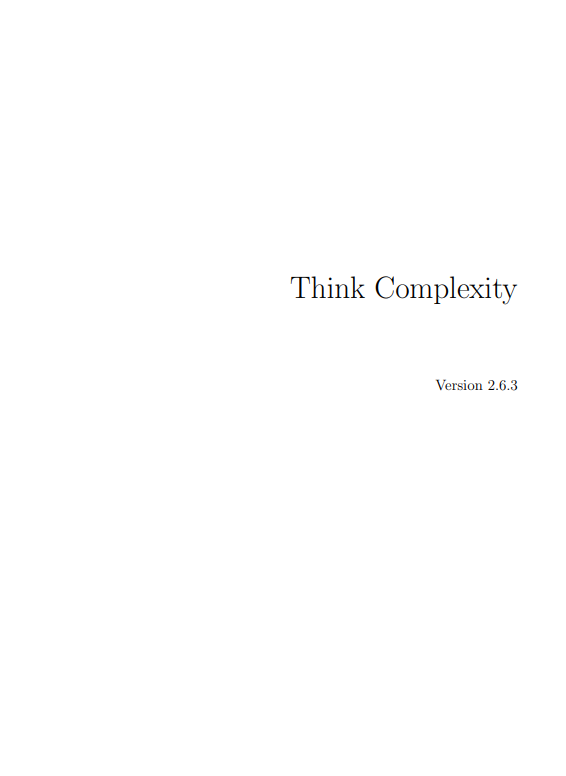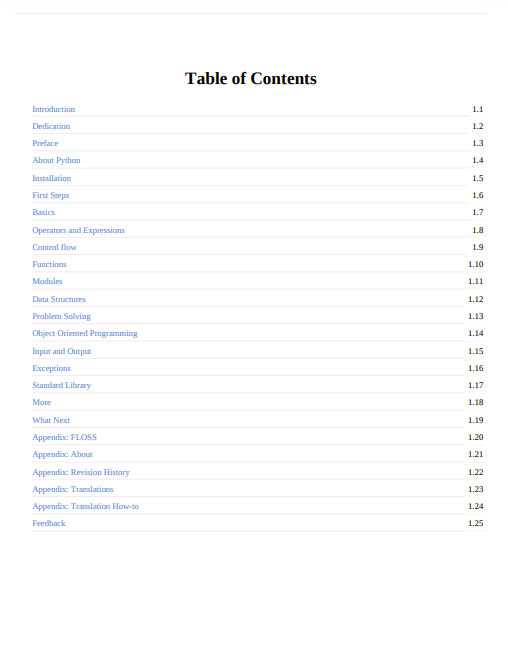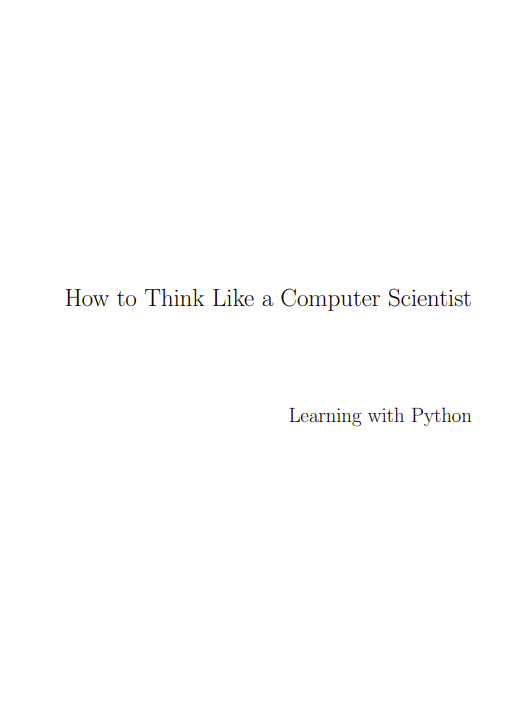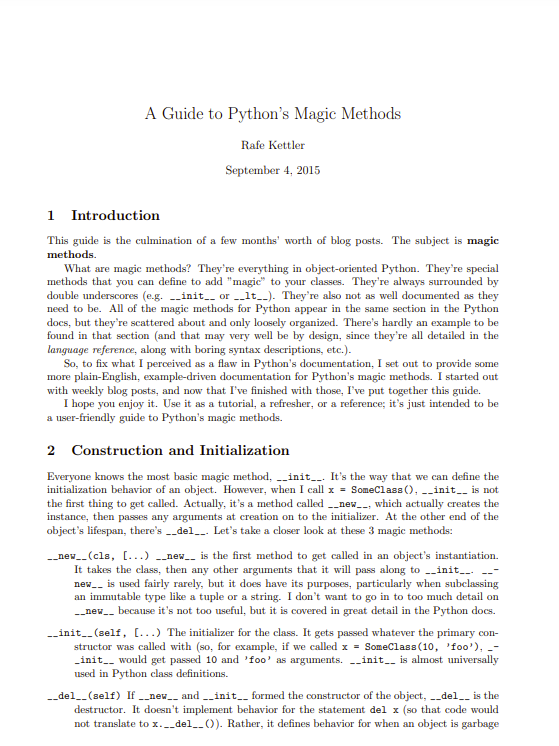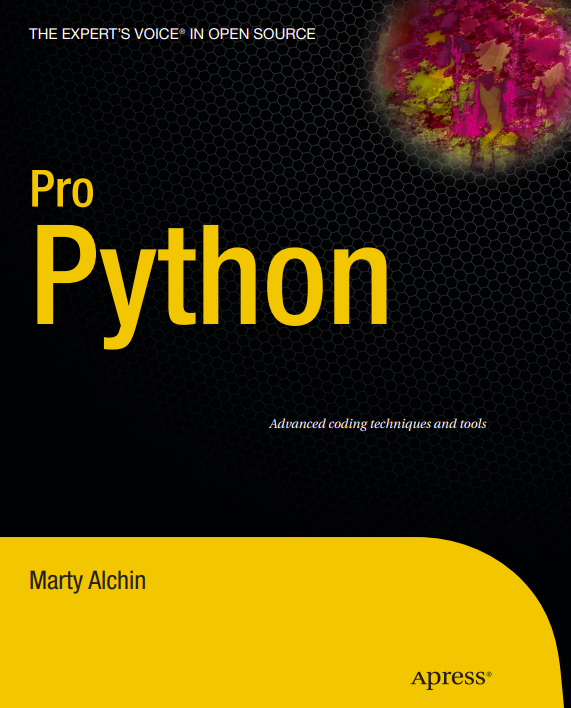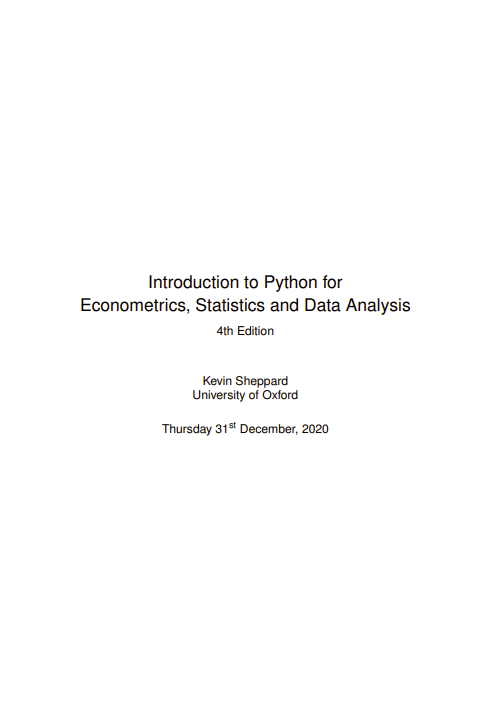Complexity science is an interdisciplinary field — at the intersection of mathematics, computer science and natural science — that focuses on complex systems, which are systems with many interacting components.
One of the core tools of complexity science is discrete models, including networks and graphs, cellular automatons, and agent-based simulations. These tools are useful in the natural and social sciences, and sometimes in arts and humanities.
For an overview of complexity science, see http://thinkcomplex.com/complex.
Why should you learn about complexity science? Here are a few reasons:
Complexity science is useful, especially for explaining why natural and social systems behave the way they do. Since Newton, math-based physics has focused on systems with small numbers of components and simple interactions. These models are effective for some applications, like celestial mechanics, and less useful for others, like economics. Complexity science provides a diverse and adaptable modeling toolkit.
Many of the central results of complexity science are surprising; a recurring theme of this book is that simple models can produce complicated behavior, with the corollary that we can sometimes explain complicated behavior in the real world using simple models.
As I explain in Chapter 1, complexity science is at the center of a slow shift in the practice of science and a change in what we consider science to be.
Studying complexity science provides an opportunity to learn about diverse physical and social systems, to develop and apply programming skills, and to think about fundamental questions in the philosophy of science.
By reading this book and working on the exercises you will have a chance to explore topics and ideas you might not encounter otherwise, practice programming in Python, and learn more about data structures and algorithms.
